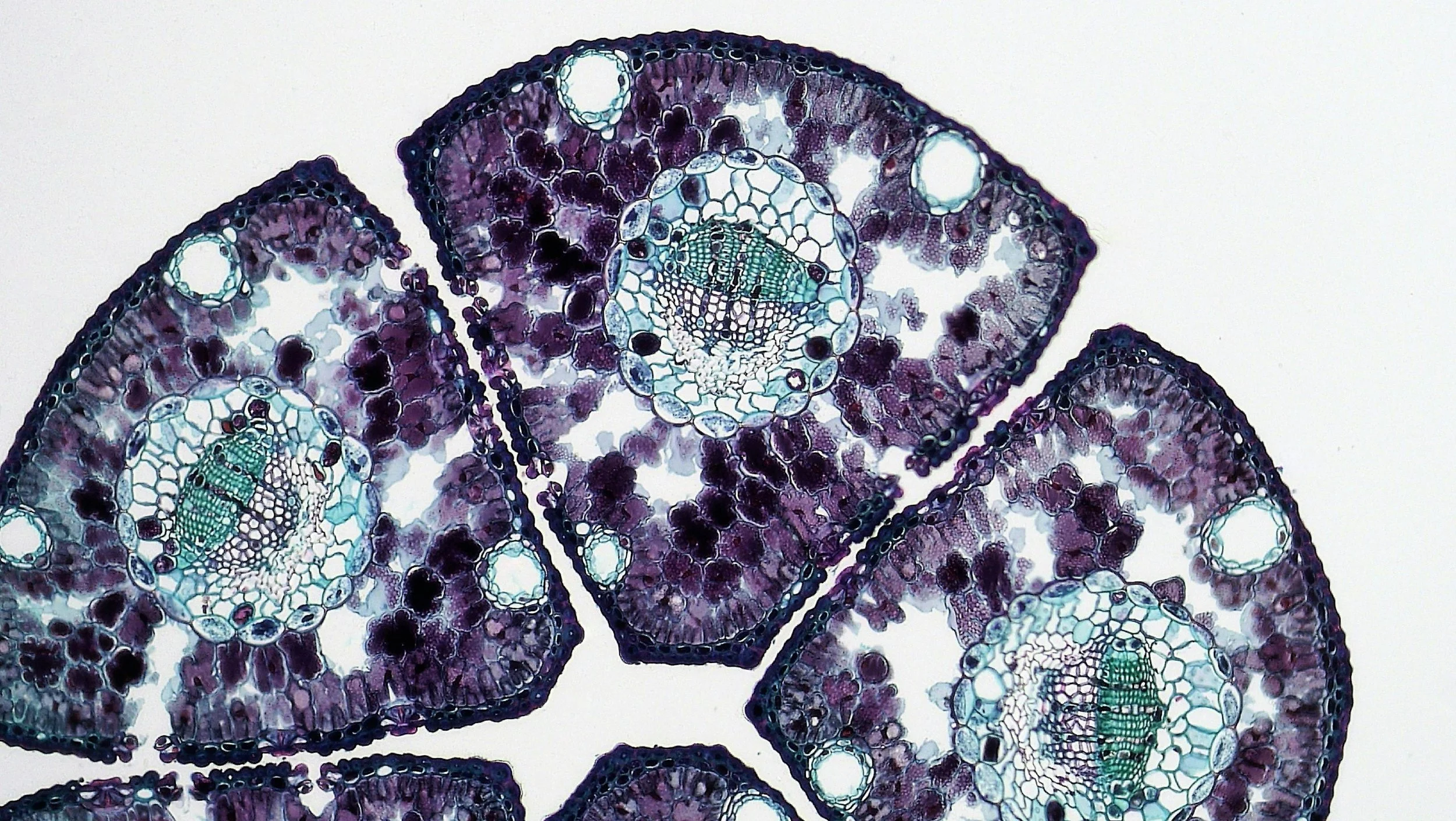Commercialization of Tissue Technologies: From Bench to Bedside
Modern techniques in tissue engineering and regeneration medicine are influencing a change in healthcare by offering novel approaches to managing injuries, diseases, and organ failure. The process of tissue engineering technology from concept to market is multifaceted yet evolving from basic research to application. In this article, the focus is on the critical steps and issues arising from the process of commercialization of tissue technologies.
1. Research and Development (R&D)
Engineers and scientists find new materials, biomimetic scaffolds, and bioactive compounds for tissue-engineered products throughout research and development. This stage investigates cell response, tissue-forming mechanisms, and cell-biomaterial interactions using fundamental biology, material science, and bioengineering. They want to make constructs similar to the native tissues, focusing on integration and compatibility in the body.
2. Preclinical Testing
Tissue technologies undergo extensive preclinical tests before they progress to human trials. This stage involves using animal models to test the prototypes and establish their safety, effectiveness, and side effects.
Data on biocompatibility, mechanical parameters, biodegradation, and the capacity of the developed tissues to stimulate the body’s healing process is collected. Animal studies are essential for determining the viability of converting prototypes into potential medical products that can be used on people.
3. Regulatory Approval
The next phase is to get regulatory approval that affirms that tissue technologies are safe and compliant with regulatory benchmarks of the FDA in the United States or EMA in Europe. Organizations must gather all relevant information from preclinical steps and clinical trials to obtain permits. Health departments comprehensively evaluate tissue products based on their quality, safety, and efficiency before being authorized for the clinic.
4. Clinical Trials
Clinical trials are said to provide the safety and effectiveness of tissue technologies to human subjects. These trials are typically conducted in phases, with each phase designed to address specific research objectives:
Phase I: Covers aspects of safety and first contact of tissue with people.
Phase II: Examines effectiveness in more subjects and evaluates safety.
Phase III: Covers randomized controlled trials to assess efficacy, side effects, and treatment results to existing ones.
Clinical trials are essential to generate data on patient outcomes, treatment efficacy, and possible adverse effects to inform further product development and market strategies.
5. Scale-Up and Manufacturing
The next problem that companies experience is how to manufacture the new product on a larger scale once they have received regulatory approval. The processes involved in manufacturing must have checks on the manners in which they are implemented to meet the standards of a particular company as well as those of the law. This requires enhancing production processes, acquiring quality raw materials, and integrating efficient supply chains to ensure that tissue products reach various healthcare outlets.
6. Market Entry and Commercialization
Commercialization also involves placing tissue technologies before healthcare providers and patients through proper market entry strategies. Firms must coordinate with reimbursement policies, competition mechanisms, and physicians to determine the product’s market acceptance and penetration. Marketing tasks are to inform healthcare professionals about the advantages of tissue technologies and present available scientific data and patient experiences to promote the usage of tissue technologies.






